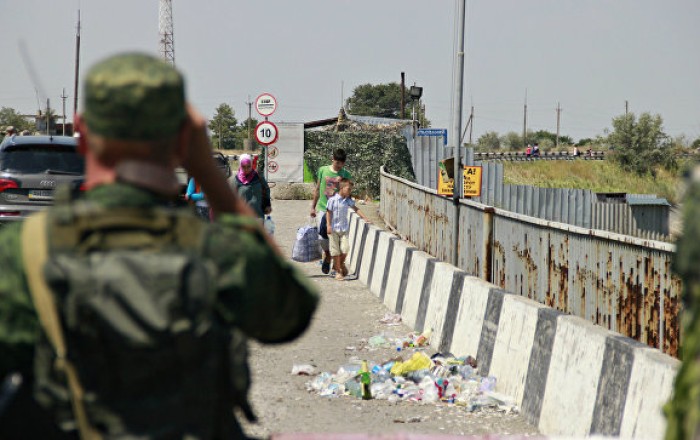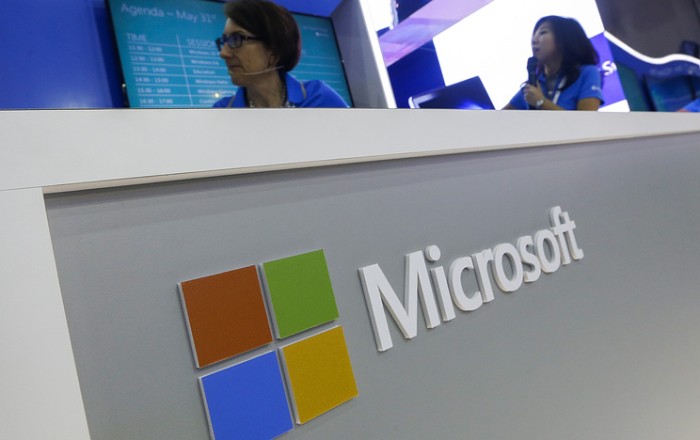The Japanese government has warned that much more urgent action is needed to prepare for a possible “megaquake” along the Nankai Trough, which experts estimate could claim up to 300,000 lives.
In January, a government panel raised the likelihood of a major earthquake striking the region within the next 30 years to between 75 and 82 per cent, Caliber.Az reports via foreign media.
A follow-up report released in March projected that such an event, accompanied by a tsunami, could cause as many as 298,000 deaths and economic damage of up to $2 trillion.
The Central Disaster Management Council first outlined a preparedness plan in 2014, aiming to cut fatalities by 80 per cent. However, officials now acknowledge that current measures would only reduce the death toll by around 20 per cent.
On July 1, the government issued an updated plan calling for accelerated efforts, including the construction of embankments and evacuation centres, alongside more frequent public drills to boost readiness.
Prime Minister Shigeru Ishiba stressed the need for a united approach, urging “the nation, municipalities, companies and non-profits to come together and take measures in order to save as many lives as possible,” according to local media coverage.
The Nankai Trough is a 500-mile undersea fault running parallel to Japan’s Pacific coast, where one tectonic plate slowly slides beneath another. Megaquakes in this region occur roughly every 100 to 200 years, with the last recorded in 1946.
In August last year, the Japan Meteorological Association (JMA) issued its first advisory warning on the heightened risk, but withdrew it after a week. Despite scientific uncertainty in predicting earthquakes with precision, public concern has grown, further fuelled by a manga reissued in 2021 predicting a catastrophic event on 5 July 2025.
This anxiety has impacted tourism: Hong Kong-based Greater Bay Airlines cut flights to Japan, citing “rapidly decreased” demand, with visitor numbers from Hong Kong dropping 11.2 per cent in May year-on-year, according to local tourism officials. However, arrivals from mainland China and South Korea increased by 44.8 and 11.8 per cent, respectively.
JMA head Ryoichi Nomura reminded the public in May that “current science makes it impossible to specify the exact location, time or magnitude of an earthquake,” urging people to prepare but warning against irrational fear-driven behaviour.
The warning comes as Japan still grapples with the legacy of the 2011 magnitude nine quake off the north-east coast, which unleashed 132ft tsunami waves, killed around 15,500 people, and triggered a nuclear meltdown at Fukushima, forcing mass evacuations.
Experts say a megaquake along the Nankai Trough could surpass even the 2011 disaster in its severity, highlighting the urgent need for comprehensive preparedness measures nationwide.
By Aghakazim Guliyev
Source: caliber.az












